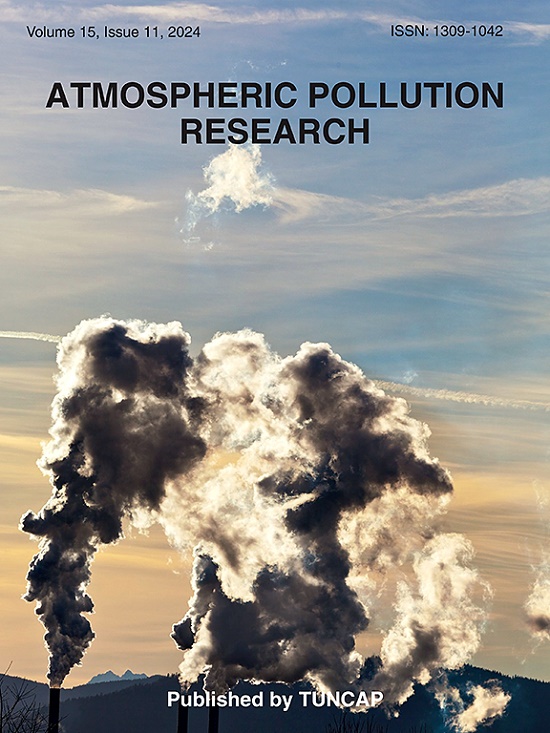Assessing the environmental effect of China's carbon emissions trading scheme: Firm-level evidence from thermal power plants
IF 3.5
3区 环境科学与生态学
Q2 ENVIRONMENTAL SCIENCES
引用次数: 0
Abstract
China plans to achieve carbon peaking by 2030 and carbon neutrality by 2060. The cap-and-trade emissions trading scheme (ETS) has been implemented in China to achieve its CO2 emission targets. Using detailed data from thermal power plants from 2006 to 2021, this paper assesses the environmental effects of ETS. The difference-in-differences (DID) regression model is utilized to evaluate the policy impacts. We have the following findings. (1) The ETS not only significantly reduced CO2 emissions, but also achieved the additional goal of reducing atmospheric pollutant emissions. Therefore, the policy has a marked environmental impact. (2) The mechanism analysis indicates that the ETS regulated power plants through price and trading volume signals. The environmental effects are achieved through reducing fossil fuel usage and driving the transition of the energy structure toward cleaner energy. (3) Further analysis indicates that the ETS has produced beneficial inter-regional spillover effects and that there is no evidence of cross-regional shifts in power generation or energy usage, or of CO2 emission transfers within power groups. Based on the research results of our study, practical implications are discussed.
评估中国碳排放交易机制的环境影响:来自火力发电厂的企业层面证据
中国计划到2030年达到碳排放峰值,到2060年达到碳中和。为实现二氧化碳排放目标,中国实施了碳排放限额与交易机制(ETS)。本文利用2006年至2021年火电厂的详细数据,评估了ETS的环境影响。采用差分回归模型对政策影响进行评估。我们有以下发现。(1)碳排放交易体系在显著减少二氧化碳排放的同时,还实现了减少大气污染物排放的附加目标。因此,该政策具有明显的环境影响。(2)机制分析表明,ETS通过价格和交易量信号对电厂进行调控。环境效应是通过减少化石燃料的使用和推动能源结构向清洁能源的过渡来实现的。(3)进一步分析表明,ETS产生了有益的区域间溢出效应,没有证据表明发电或能源使用发生了跨区域转移,也没有证据表明电力集团内部发生了二氧化碳排放转移。在此基础上,对本文的研究结果进行了探讨。
本文章由计算机程序翻译,如有差异,请以英文原文为准。
求助全文
约1分钟内获得全文
求助全文
来源期刊

Atmospheric Pollution Research
ENVIRONMENTAL SCIENCES-
CiteScore
8.30
自引率
6.70%
发文量
256
审稿时长
36 days
期刊介绍:
Atmospheric Pollution Research (APR) is an international journal designed for the publication of articles on air pollution. Papers should present novel experimental results, theory and modeling of air pollution on local, regional, or global scales. Areas covered are research on inorganic, organic, and persistent organic air pollutants, air quality monitoring, air quality management, atmospheric dispersion and transport, air-surface (soil, water, and vegetation) exchange of pollutants, dry and wet deposition, indoor air quality, exposure assessment, health effects, satellite measurements, natural emissions, atmospheric chemistry, greenhouse gases, and effects on climate change.
 求助内容:
求助内容: 应助结果提醒方式:
应助结果提醒方式:


